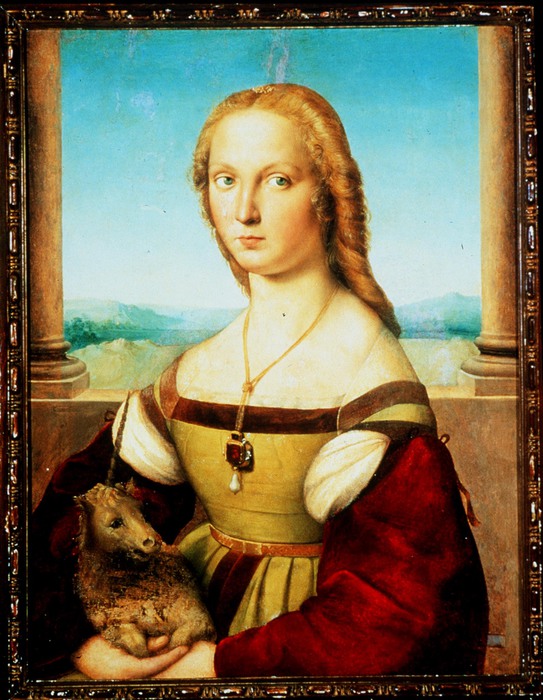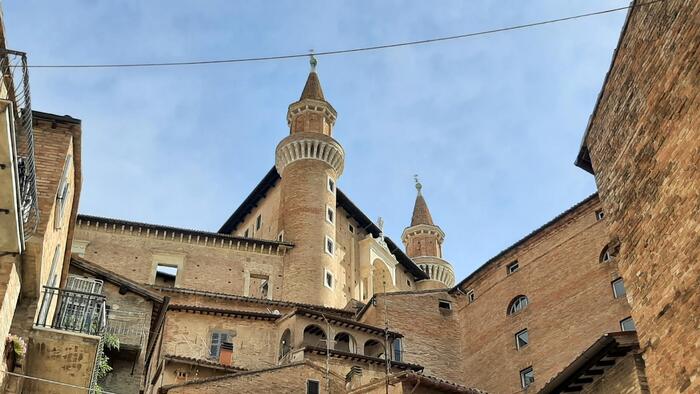Raphael's Fornarina hides a 'dark' soul: it emerges from the black and white images obtained by subjecting the work to sophisticated X-ray investigations, which for the first time allowed to map the chemical elements present on the whole table by reconstructing the techniques used by the Divine painter five centuries ago.
The results of the analyzes, precious for the conservation of the work, were presented to the National Galleries of Ancient Art of Palazzo Barberini in Rome by a team of experts which also includes researchers from the National Institute of Nuclear Physics (Infn).
X-ray fluorescence scans "made it possible to identify the chemical composition of the pigments used by Raphael and to place them spatially in the work through chemical maps with sub-millimeter resolution", explains Luca Tortora, professor of Chemistry at the Roma Tre University and researcher of the Infn Roma Tre.
The maps show in black and white the distribution of the chemical elements on the table (source: National Galleries of Ancient Art Palazzo Barberini - INFN)
"The distribution of iron and lead confirms that Raphael, after making the drawing, began to give volumes and shading by setting a gray-pink monochromatic base on which the complexion then worked ", underlines Chiara Merucci, head of the Restoration Laboratory of the Barberini Corsini National Galleries.
"The distribution of mercury, which indicates the use of cinnabar, reaffirms the important modification of the background made by Raphael, that is the replacement of the landscape with the foliage, already identified by the radiographs in 1983: this rethinking has involved a rearrangement of the clear- dark of the figure, which the artist created with the same colors used before, only mixing them in the areas of light and shadow ".
Finally, the distribution of copper, iron, calcium and manganese gave back an unprecedented view of the vegetation background: "earth (iron) or umber earth (iron and manganese) based coatings emerged for the leaves wider, while the branches of the myrtle appear to be based on a copper green and probably bone black ", concludes the expert.








/cloudfront-eu-central-1.images.arcpublishing.com/prisa/OGIWARZO55EQJD7ECTTYFS6KLU.jpg)





